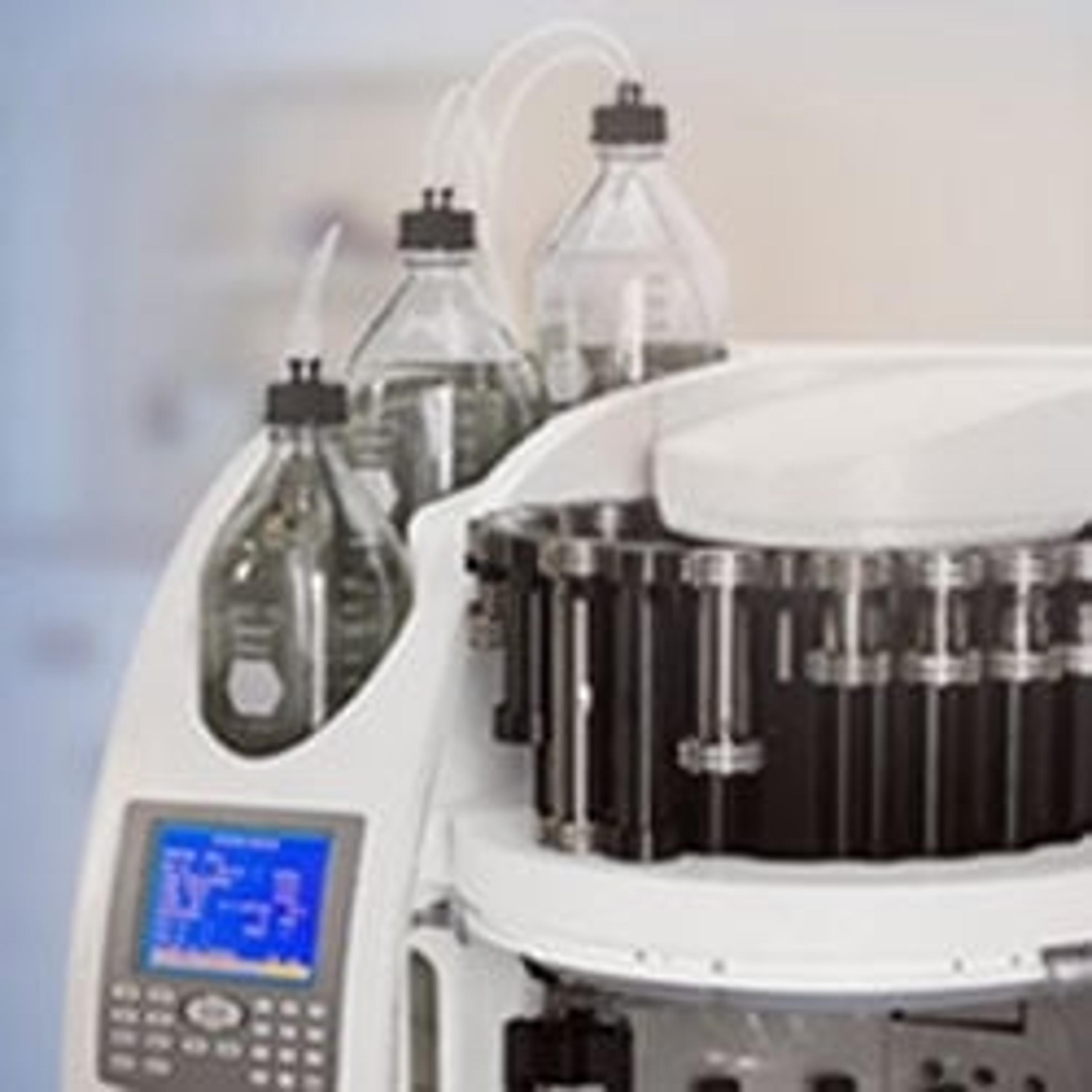Analysis of PFAS compounds in drinking water and soil to meet regulatory guidelines
Watch this on-demand webinar to find out all you need to know for meeting lab validation and performance requirements
5 Apr 2020

PFAS, or perfluoroalkyl and polyfluoroalkyl substances, are fluorinated organic compounds found widely in drinking, surface, waste and ground waters and are also prevalent in manufactured products, from household products to firefighting foam. Due to the strong carbon-fluoride bond, these water and oil repellent compounds are known to degrade slowly over time and accumulate in living organisms including fish and humans. Exposure to PFAS is of growing concern due to their potential toxic effects and links to ecological damage and human health.
In this on-demand SelectScience webinar, Dr. Matthew MacLennan, Senior Scientist and Director, Pacific Rim Laboratories, and Dr. Richard Jack, Senior Director of Vertical Marketing, Thermo Fisher Scientific, provide an overview of PFAS analysis using MS/MS for compliance monitoring methods and look at the requirements for the analysis of PFAS in water and soil.
Read on for highlights from the live webinar Q&A session or register to watch the webinar at any time that suits you.
Watch Webinar NowQ: Where do you see the biggest challenges for lab certification?
RJ: I would say the biggest challenge for lab certification will be related to the reproducibility of 10 or so samples at whatever detection limit you're aiming for. One thing to consider would be an isotopic dilution method versus an internal standard method. Typically, isotopic dilution methods will have better reproducibility. Another thing to consider is the jurisdiction in which you're attempting to be certified. Some jurisdictions have a level at 70 parts per trillion and some jurisdictions go down to 7 parts per trillion. So, it's very important to make sure you know what you're aiming for.
On another practical note, cleanliness, sample carryover, removing Teflon from your systems, that will help you a lot in reproducibility, which will help you with certification.
Q: What's the one thing analytical labs can do better to serve clients with regards to PFAS?
RJ: I think it all comes back to having what we mentioned with the considerations, where we talked about having a procedure for samples that are very high or are presumed to be very high in concentrations. Also, making sure that you've done your work in terms of reducing carryover effects, and removing Teflon from your system. Again, if you have those in place, you're setting yourself up for getting consistent results. You need to be able to trust that you can reproduce the results that you're looking for within your linear range and have procedures to help you out when samples are outside of that range.
Q: You used 60 mL glass vials in ASE 350. Which vials did you use in the Rocket Evaporator? Could you explain a bit more about that?
MM: We're trying to use polypropylene vials as much as possible when we process samples. So, what we've done is we used a glass vial in the Rocket Evaporator to hold the plastic vial. We've done a series of tests on that to see if there were any contamination issues, and there weren’t any. So that's been working very well for us.
Learn more about PFAS compounds: Watch this webinar on demand >>

